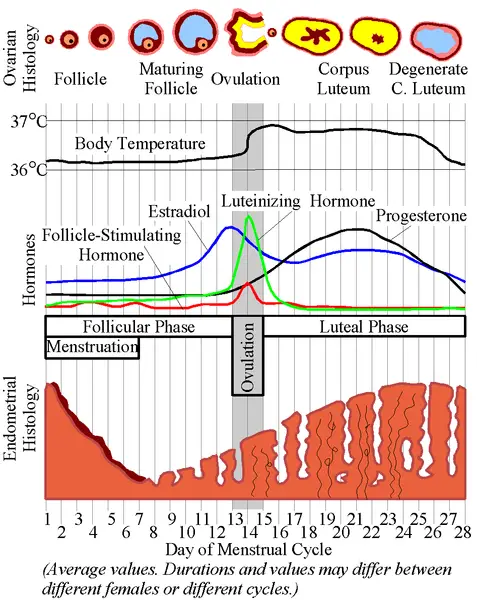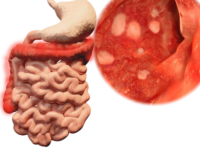Fibroids are benign types of tumors that develop in smooth muscle tissues like the uterus. Â Many women develop fibroids or leiomyomas in their lifetime with some not experiencing any symptoms at all while others will have stomach cramping, pelvic pain, and heavy bleeding during their menstrual periods. Â Fibroids that develop on the lining of the uterus or on its muscular wall are the ones that usually cause heavy, menstrual bleeding. Â These fibroids are classified as sub-mucosal and intramural based on their location. Other fibroids, meanwhile, may cause cramping and pain.
Medical experts believe that the presence of fibroids in the uterine lining and muscular wall will affect the muscular contractions within the uterus. Â With this effect, heavy bleeding may occur. When the normal uterine contraction is affected, the uterus itself will have difficulty in regulating the amount of blood that is excreted during a woman’s menstrual period.
Some experts have also suggested that the heavy bleeding associated with fibroids is secondary to the dilatation of veins in the uterine lining. When fibroids grow and develop near the lining of the uterus, veins near the uterine wall may be compressed, and this may result in dilatation of the venous system near the uterine lining. Â When the veins are dilated, then it will result in increased or abnormal bleeding during the menstrual cycle. Â Depending on the location of these fibroids, some of them will not only cause disruptions in the uterine contractions and the venous system, but other abnormal growth will also cause pain in the pelvic area, stomach cramping, and many other symptoms.
With regards to fibroids, most of them are considered benign or non-cancerous. Â Finding fibroids that are malignant is quite rare, but every woman should immediately seek medical attention when experiencing some discomfort during her menstrual period to get preventive care and/or get the best treatment options.












Leave a Reply